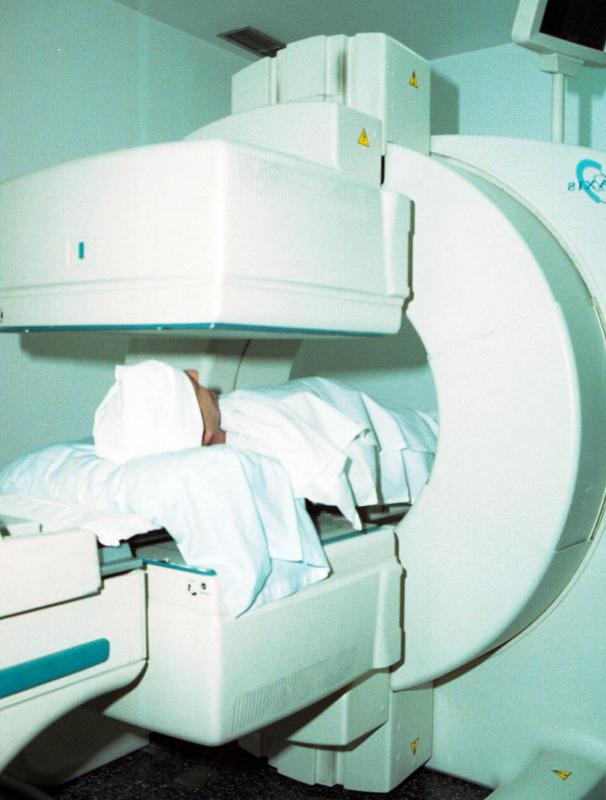At WiseGEEK, we're committed to delivering accurate, trustworthy information. Our expert-authored content is rigorously fact-checked and sourced from credible authorities. Discover how we uphold the highest standards in providing you with reliable knowledge.
What Is an fMRI Machine?
An fMRI machine, or Functional Magnetic Resonance Imaging machine, is a device that takes real-time images of brain activity when a person is performing an action. The actions can be as simple as tapping a foot or viewing a picture. The fMRI machine is able to pick up very small changes in blood flow and can also be employed when noting neural movement through the spinal cord. The procedure is relatively non-invasive and does not use radiation. It does create a strong magnetic field and people with pacemakers, ear implants and certain metal coils within the blood vessels are unable to undergo magnetic resonance imaging.
Subjects are required to lie down on a narrow bed and are lightly restrained to prevent any movement. This is especially critical when imaging people with some form of psychosis as well as small children. Watches, hair pins, rings and any other metallic objects are removed and the subject is then slowly inserted into a narrow, circular space inside the fMRI machine. Some people do report mild feelings of claustrophobia but they are in constant communication with the imaging technician via a small, two-way intercom system. The process can take anywhere from 15 minutes to one hour.

Once inside the fMRI machine, the subject may be asked to listen to certain sounds, perform tasks and cognitive activities such as remembering a past event or performing a mental task that requires some reasoning. The machine is then able to map the brain’s response to these tasks. As opposed to an Electroencephalogram (EEG), which is a technique that studies and measures the electrical current within the brain, the fMRI machine is able to record activity from all regions of the brain. The images have a high resolution and can be as precise as 1 mm. The results of the scans are widely used as a mapping and brain analysis tool in the cognitive science community.

Magnetic resonance imaging (MRI) scans take images of the body structure, whereas fMRI scans usually image metabolic activity and function. Metabolic function refers to all the processes that are needed to keep an organism alive, such as turning food into energy. The fMRI machine creates images that are able to actually look at the metabolic activity inside the body’s structures. The devices are not without controversy as they can sometimes produce a false positive. This occurs when the result of the scans produce a “positive” result when in fact the opposite is true.
AS FEATURED ON:
AS FEATURED ON:












Discuss this Article
Post your comments